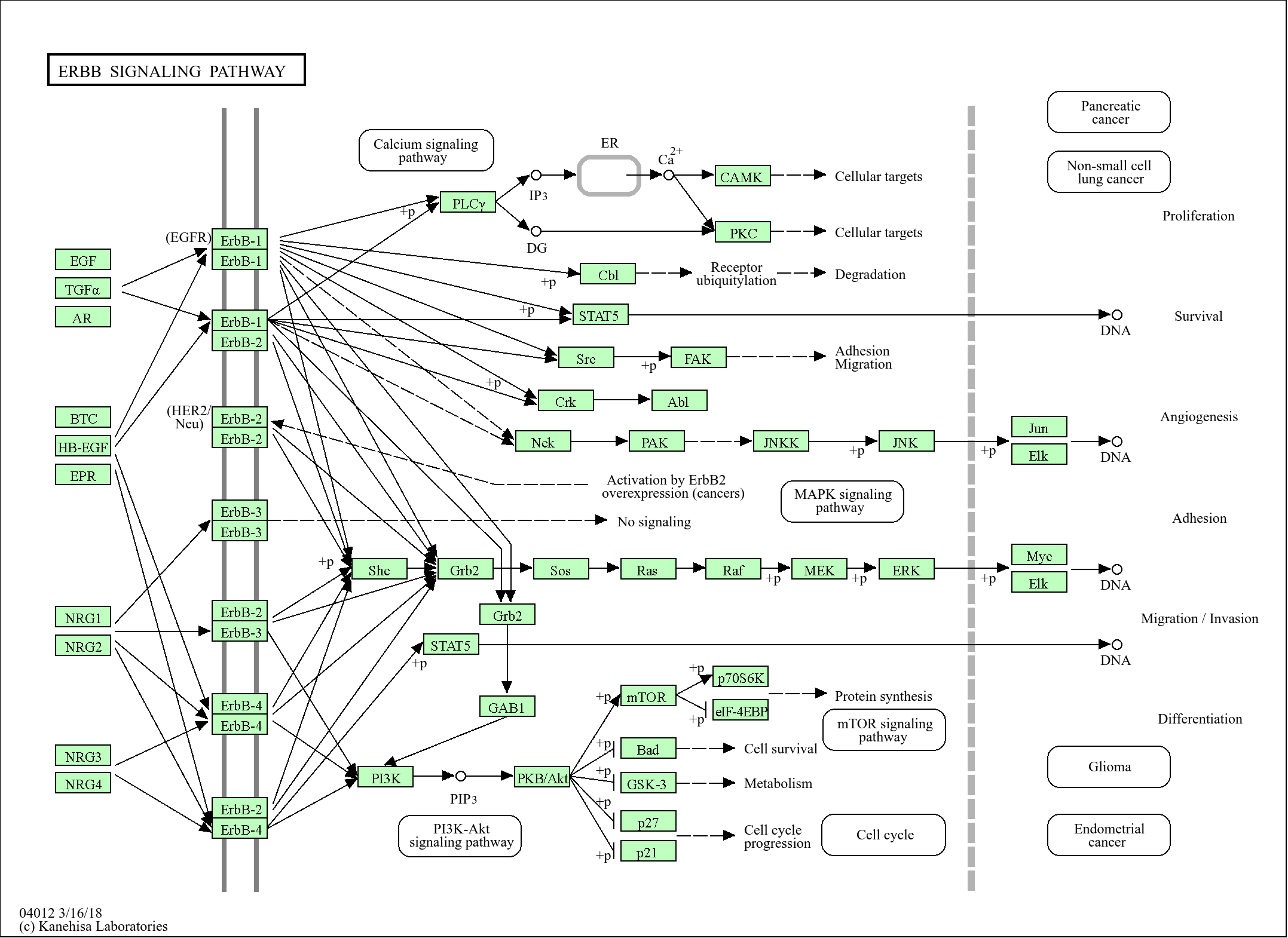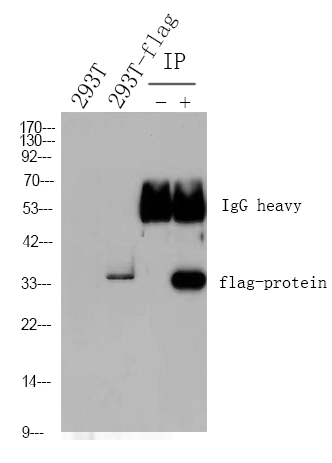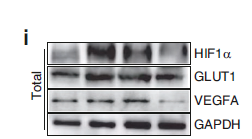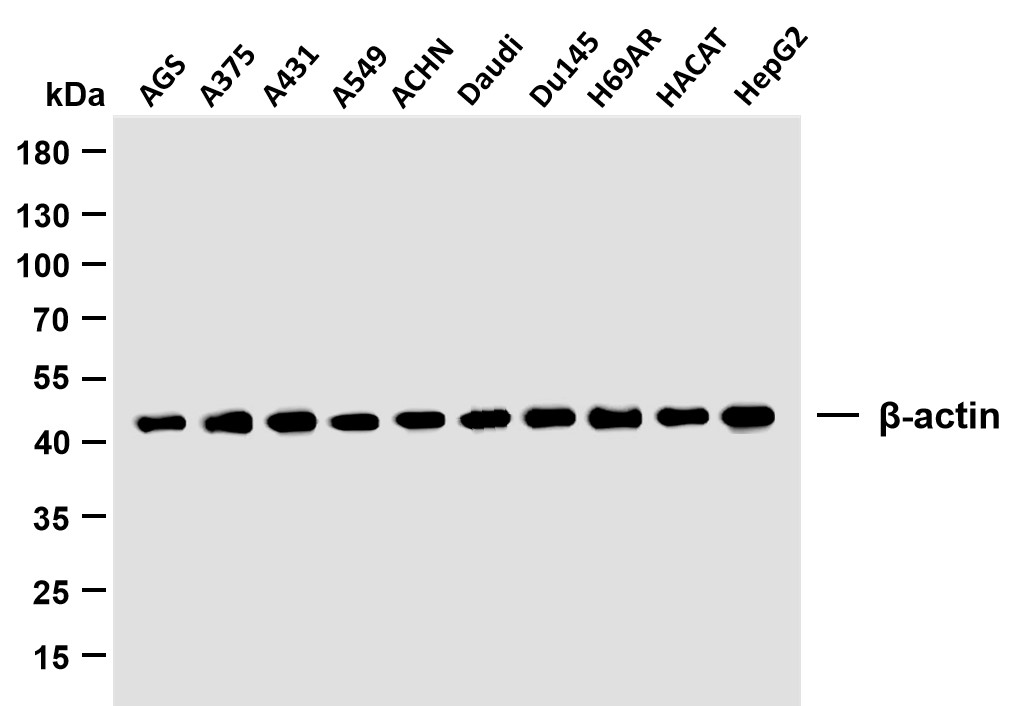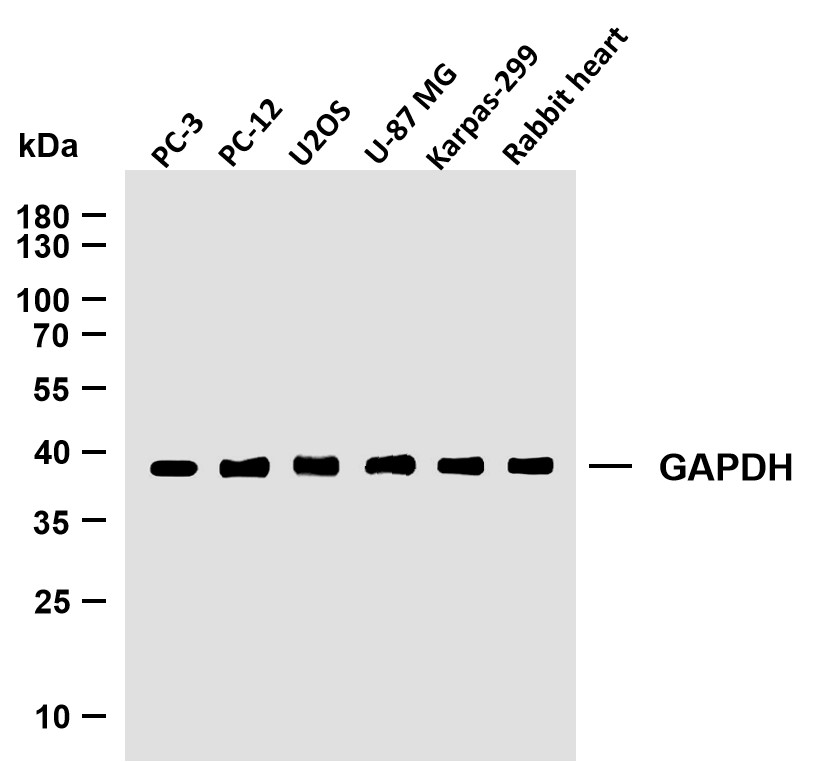
Catalog: YN0890
Size
Price
Status
Qty.
200μL
$450.00
In stock
0
100μL
$280.00
In stock
0
40μL
$150.00
In stock
0
Add to cart


Collected


Collect
Main Information
Target
MYP0
Host Species
Rabbit
Reactivity
Human, Mouse, Rat
Applications
WB, ELISA
MW
27kD (Observed)
Conjugate/Modification
Unmodified
Detailed Information
Recommended Dilution Ratio
WB 1:500-2000; ELISA 1:5000-20000
Formulation
Liquid in PBS containing 50% glycerol,0.5% BSA and 0.02% sodium azide.
Specificity
MYP0 Polyclonal Antibody detects endogenous levels of protein.
Purification
The antibody was affinity-purified from rabbit antiserum by affinity-chromatography using epitope-specific immunogen.
Storage
-15°C to -25°C/1 year(Do not lower than -25°C)
Concentration
1 mg/ml
MW(Observed)
27kD
Modification
Unmodified
Clonality
Polyclonal
Isotype
IgG
Related Products
Antigen&Target Information
Immunogen:
Synthesized peptide derived from human protein . at AA range: 50-130
show all
Specificity:
MYP0 Polyclonal Antibody detects endogenous levels of protein.
show all
Gene Name:
MPZ
show all
Protein Name:
Myelin protein P0 (Myelin peripheral protein) (MPP) (Myelin protein zero)
show all
Background:
This gene is specifically expressed in Schwann cells of the peripheral nervous system and encodes a type I transmembrane glycoprotein that is a major structural protein of the peripheral myelin sheath. The encoded protein contains a large hydrophobic extracellular domain and a smaller basic intracellular domain, which are essential for the formation and stabilization of the multilamellar structure of the compact myelin. Mutations in this gene are associated with autosomal dominant form of Charcot-Marie-Tooth disease type 1 (CMT1B) and other polyneuropathies, such as Dejerine-Sottas syndrome (DSS) and congenital hypomyelinating neuropathy (CHN). A recent study showed that two isoforms are produced from the same mRNA by use of alternative in-frame translation termination codons via a stop codon readthrough mechanism. [provided by RefSeq, Oct 2015],
show all
Function:
Disease:Defects in MPZ are a cause of congenital hypomyelination neuropathy (CHN) [MIM:605253]. CHN is characterized clinically by early onset of hypotonia, areflexia, distal muscle weakness, and very slow nerve conduction velocities.,Disease:Defects in MPZ are a cause of Dejerine-Sottas syndrome (DSS) [MIM:145900]; also known as Dejerine-Sottas neuropathy (DSN) or hereditary motor and sensory neuropathy III (HMSN3). DSS is a severe degenerating neuropathy of the demyelinating Charcot-Marie-Tooth disease category, with onset by age 2 years. DSS is characterized by motor and sensory neuropathy with very slow nerve conduction velocities, increased cerebrospinal fluid protein concentrations, hypertrophic nerve changes, delayed age of walking as well as areflexia. There are both autosomal dominant and autosomal recessive forms of Dejerine-Sottas syndrome.,Disease:Defects in MPZ are a cause of Roussy-Levy syndrome [MIM:180800]; also known as Roussy-Levy hereditary areflexic dystasia. This autosomal dominant disorder resembles Charcot-Marie-Tooth disease type 1 in that it presents with foot deformity, weakness and atrophy of distal limb muscles, especially the peronei, and absent tendon reflexes. The phenotype differs, however, in that it includes static tremor of the upper limbs and gait ataxia.,Disease:Defects in MPZ are the cause of Adie pupil [MIM:103100]. Adie pupil is a feature of CMT2J. It is characterized by tonic, sluggishly reacting pupil and hypoactive or absent tendon reflexes.,Disease:Defects in MPZ are the cause of Charcot-Marie-Tooth disease type 1B (CMT1B) [MIM:118200]. CMT1B is a form of Charcot-Marie-Tooth disease, the most common inherited disorder of the peripheral nervous system. Charcot-Marie-Tooth disease is classified in two main groups on the basis of electrophysiologic properties and histopathology: primary peripheral demyelinating neuropathy or CMT1, and primary peripheral axonal neuropathy or CMT2. Neuropathies of the CMT1 group are characterized by severely reduced nerve conduction velocities (less than 38 m/sec), segmental demyelination and remyelination with onion bulb formations on nerve biopsy, slowly progressive distal muscle atrophy and weakness, absent deep tendon reflexes, and hollow feet.,Disease:Defects in MPZ are the cause of Charcot-Marie-Tooth disease type 2I (CMT2I) [MIM:607677]. CMT2I is a form of Charcot-Marie-Tooth disease, the most common inherited disorder of the peripheral nervous system. Charcot-Marie-Tooth disease is classified in two main groups on the basis of electrophysiologic properties and histopathology: primary peripheral demyelinating neuropathy or CMT1, and primary peripheral axonal neuropathy or CMT2. Neuropathies of the CMT2 group are characterized by signs of axonal regeneration in the absence of obvious myelin alterations, normal or slightly reduced nerve conduction velocities, and progressive distal muscle weakness and atrophy. CMT2I is characterized by late onset (range 47 to 60 years).,Disease:Defects in MPZ are the cause of Charcot-Marie-Tooth disease type 2J (CMT2J) [MIM:607736]. CMT2J is a form of Charcot-Marie-Tooth disease characterized by the association of axonal peripheral neuropathy with hearing loss and pupillary abnormalities such as Adie pupil. Inheritance is autosomal dominant.,Disease:Defects in MPZ may be the cause of Charcot-Marie-Tooth disease dominant intermediate type D (CMTDID) [MIM:607791]. CMTDID is a form of Charcot-Marie-Tooth disease characterized by features intermediate between demyelinating and axonal peripheral neuropathies, and motor median nerve conduction velocities ranging from 25 to 45 m/sec.,Function:Creation of an extracellular membrane face which guides the wrapping process and ultimately compacts adjacent lamellae.,PTM:N-glycosylated; contains sulfate-substituted glycan.,similarity:Belongs to the myelin P0 protein family.,similarity:Contains 1 Ig-like V-type (immunoglobulin-like) domain.,tissue specificity:Found only in peripheral nervous system Schwann cells.,
show all
Cellular Localization:
Cell membrane ; Single-pass type I membrane protein.; [Isoform L-MPZ]: Myelin membrane ; Single-pass type I membrane protein .
show all
Tissue Expression:
Found only in peripheral nervous system Schwann cells.
show all
Research Areas:
>>Cell adhesion molecules
show all
Signaling Pathway
Reference Citation({{totalcount}})
Catalog: YN0890
Size
Price
Status
Qty.
200μL
$450.00
In stock
0
100μL
$280.00
In stock
0
40μL
$150.00
In stock
0
Add to cart


Collected


Collect
Recently Viewed Products
Clear allPRODUCTS
CUSTOMIZED
ABOUT US
Toggle night Mode
{{pinfoXq.title || ''}}
Catalog: {{pinfoXq.catalog || ''}}
Filter:
All
{{item.name}}
{{pinfo.title}}
-{{pinfo.catalog}}
Main Information
Target
{{pinfo.target}}
Reactivity
{{pinfo.react}}
Applications
{{pinfo.applicat}}
Conjugate/Modification
{{pinfo.coupling}}/{{pinfo.modific}}
MW (kDa)
{{pinfo.mwcalc}}
Host Species
{{pinfo.hostspec}}
Isotype
{{pinfo.isotype}}
Product {{index}}/{{pcount}}
Prev
Next
{{pvTitle}}
Scroll wheel zooms the picture
{{pvDescr}}

